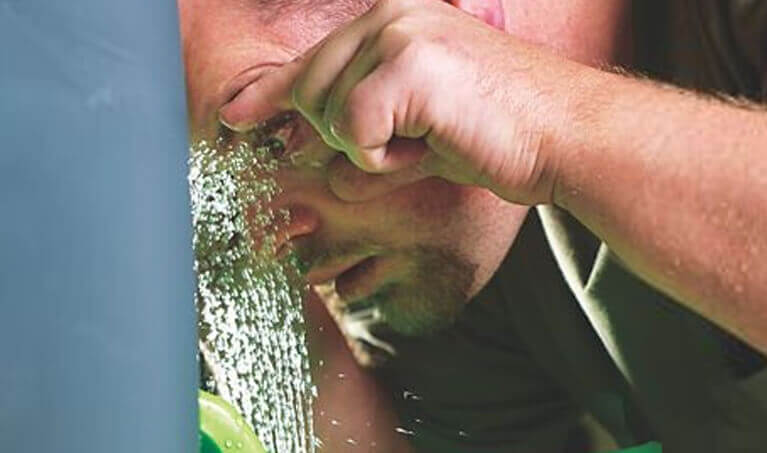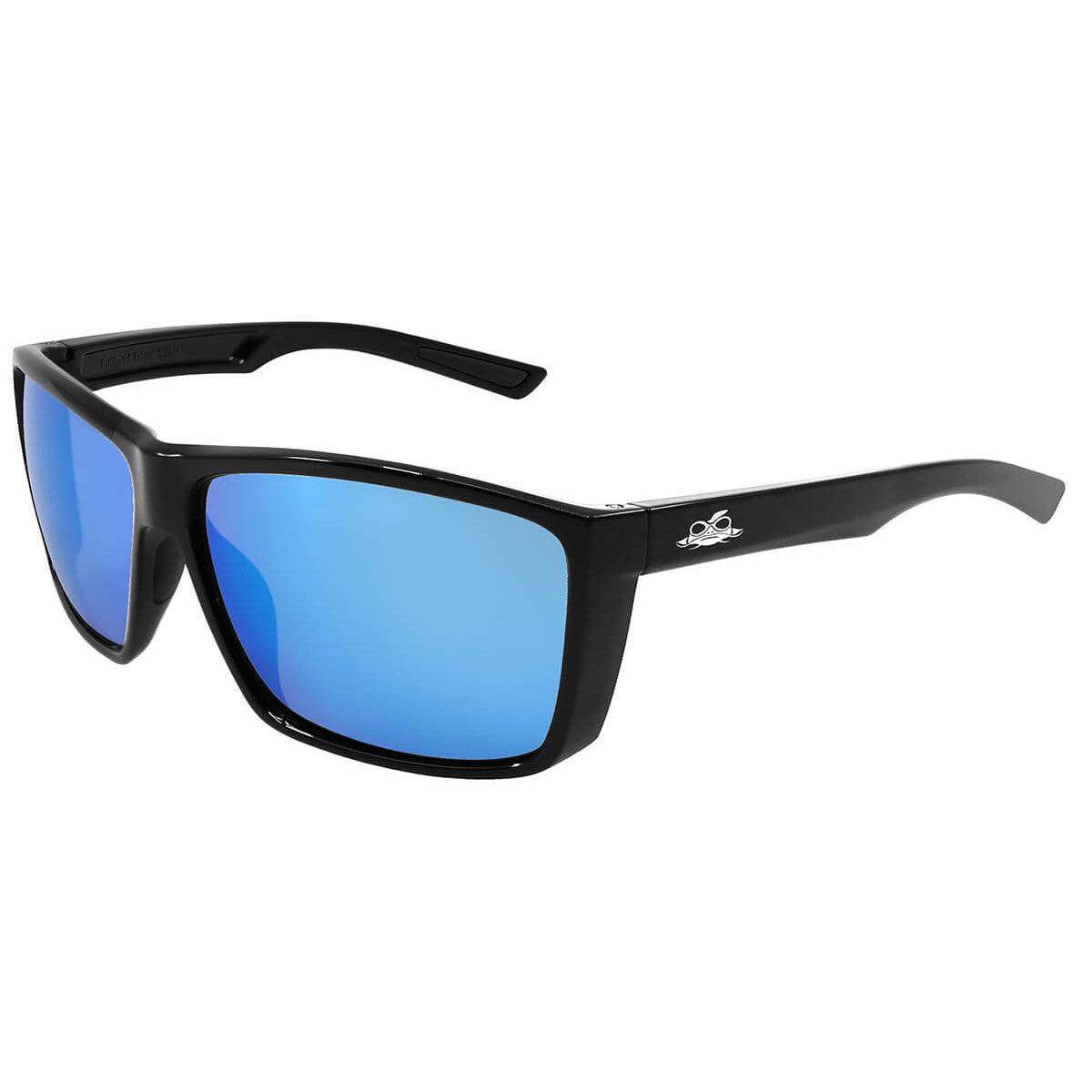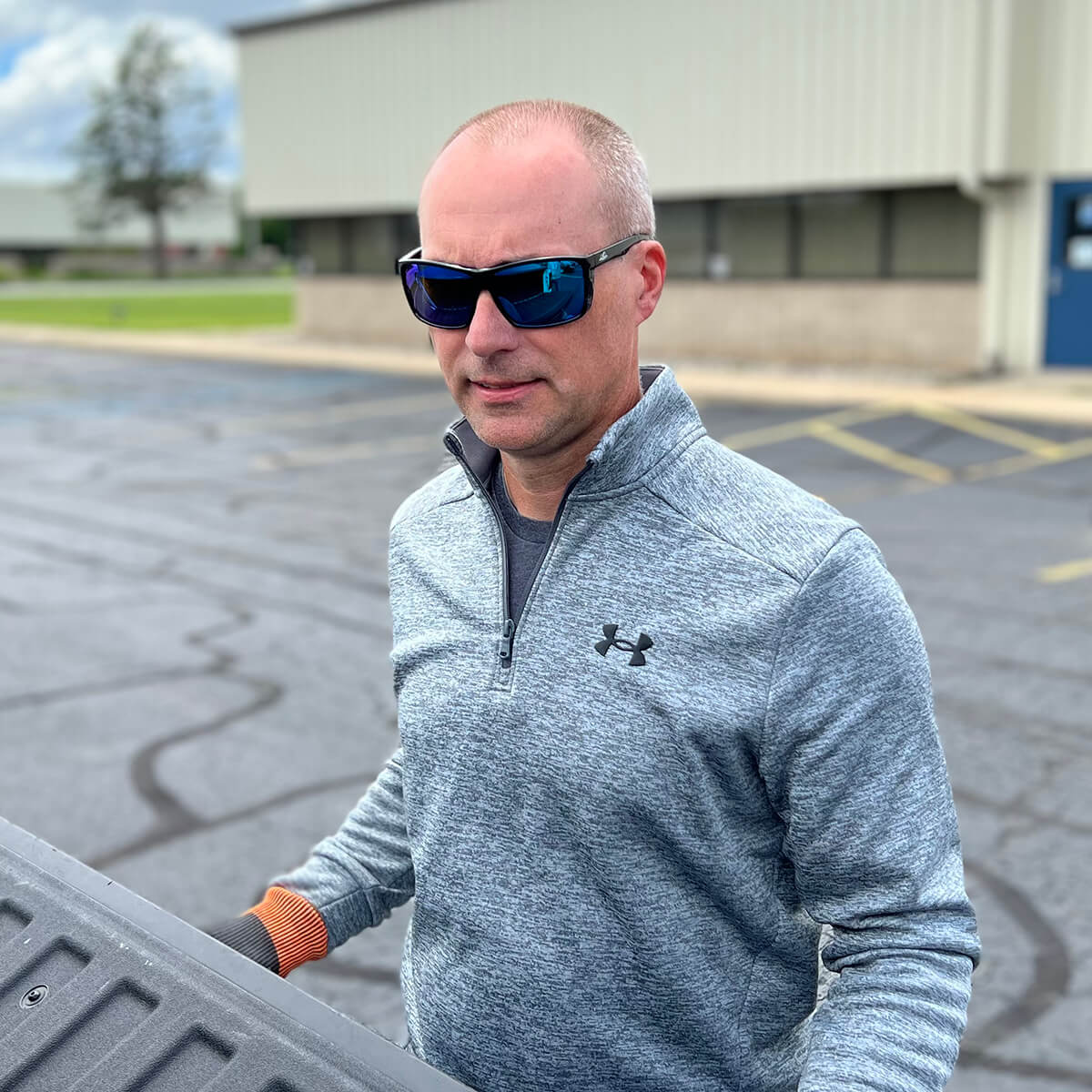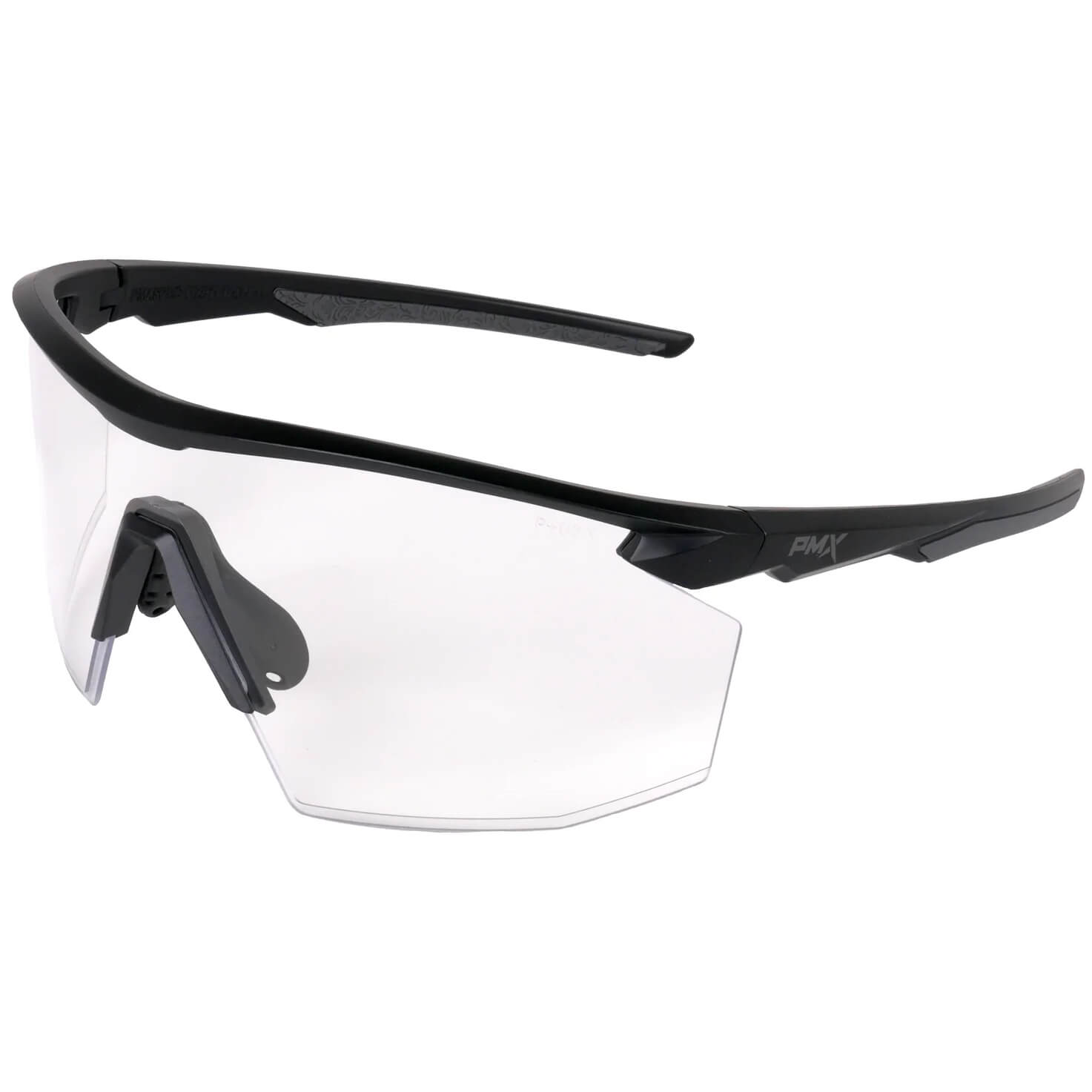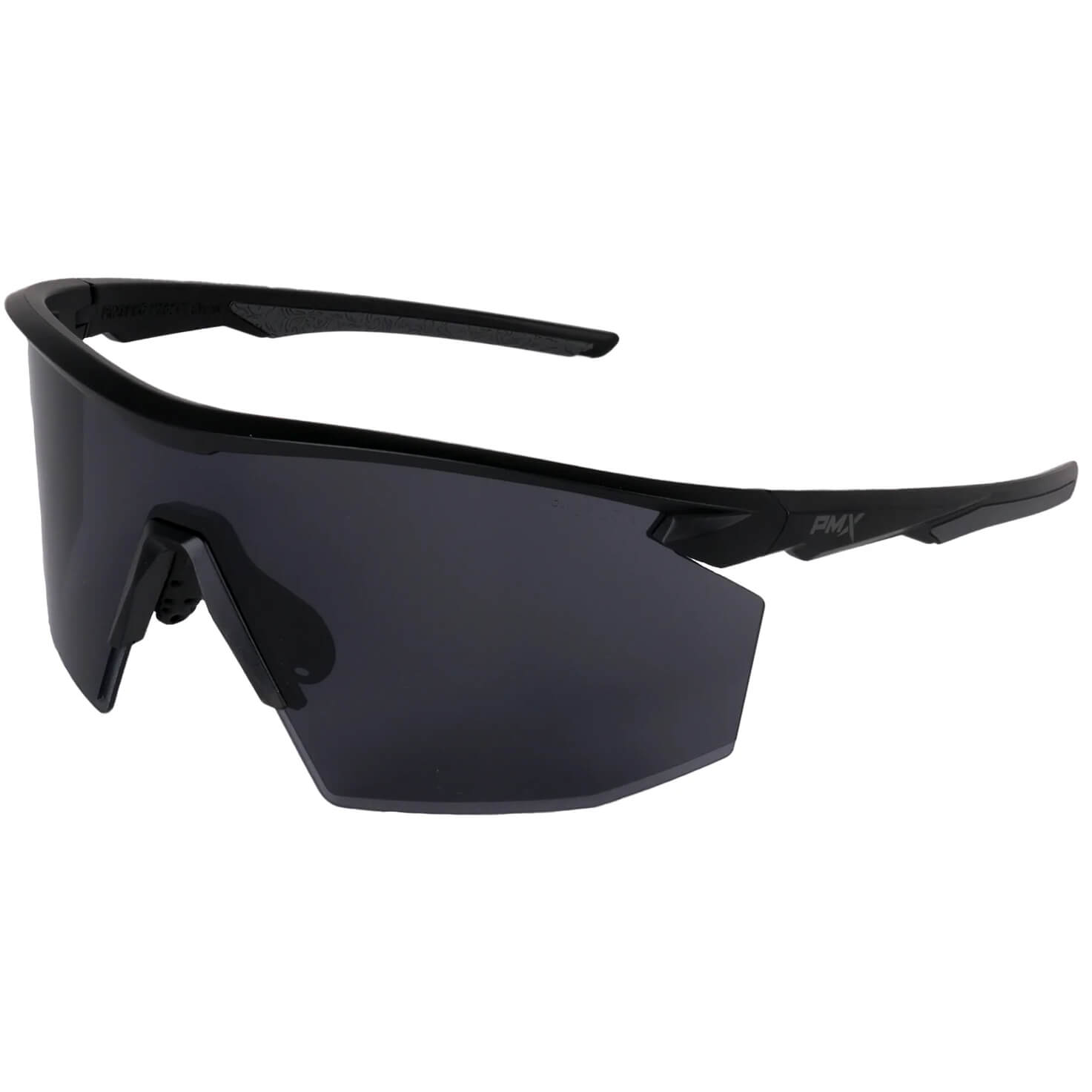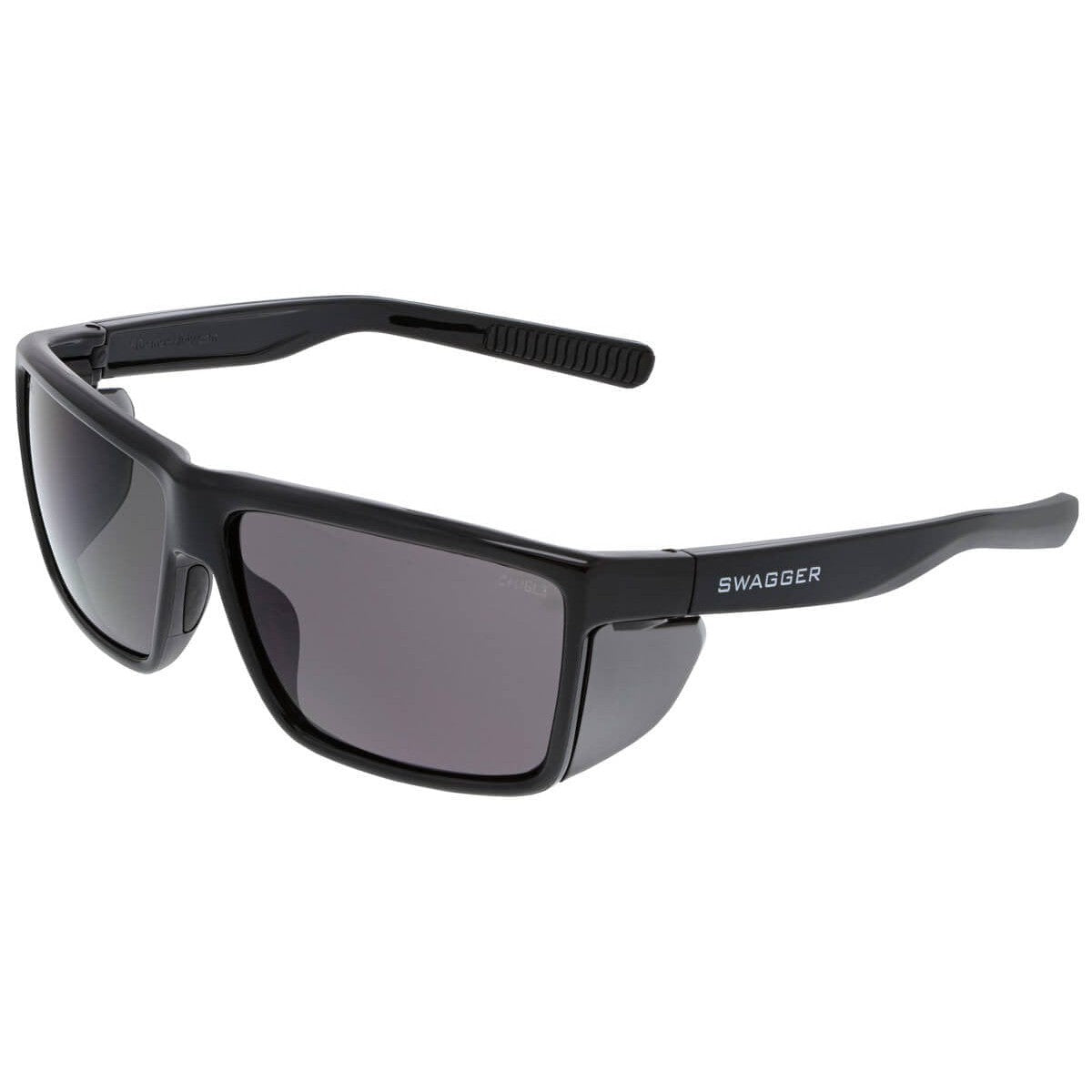Everyone gets something in their eye at some point. Usually, the irritant is a piece of dust or an eyelash or maybe some shampoo or bug spray.
"Of the 2.4 million eye injury cases that occur per year, 35% are related to foreign objects." (Healthline)
When an object or chemical remains in the eyes for too long, there's an increased risk of several eye problems.
- Infection – can lead to long-term eye problems if left untreated
- Scratches and abrasions – especially a risk if you rub your eye
- Ulcers – often caused by scratches that don't heal
- Penetration – increases the risk of blindness
Fortunately, your eyes usually remove most irritants on their own.
"In many cases, your eye will water from the irritation caused by the foreign object. This usually washes away whatever it is. Unless you have a problem with tears or lubrication, your eyes are designed to wash away foreign matter and deal with occasional debris." (Vision Center)
If your eyes don't flush out whatever is irritating them, you may be able to take steps to remove the irritant. How you do so, though, depends on the type of irritant.
Removing Irritants from Your Eye
Removing irritants from your eye depends on what's in your eye. Before we look at common irritants, let's cover some common dos and don'ts to follow regardless of the type of irritant.

Dos and Don'ts
Regardless of whether it's a foreign object or chemicals in your eyes and whether you can see the irritant or not, these dos and don'ts always apply.
- Wear safety eyewear. Safety eyewear is the best way to protect your eyes from foreign objects and chemicals.
- Never rub or apply pressure to your eyes. This may scratch your cornea and cause or worsen the damage.
- Let your eyes water. Much of the time, eyes watering naturally removes small irritants like dust or eyelashes and even mild chemicals.
- Examine your eyes. Make sure you have enough lighting, then try to determine where the irritant is by looking in your eye and lifting your eyelids.
- Avoid touching your eye. Don't use a cotton ball, tweezers, a tissue, your finger, or any other object to remove irritants.
- Wash your hands before touching your eyes. While it's generally best to avoid touching your eye, have clean hands since you'll probably touch the area around it to dislodge debris.
- Flush eyes with clean water or saline solution. Tap water will work, but it may have contaminants. Saline is always best if you have it.
- Don't freak out. Most of the time, natural watering of the eyes or an eyewash remedies the problem. Stay calm and determine the best approach.
- Don't remove embedded objects. Let the medical professionals who have the proper tools and knowledge take care of this delicate work.
- Don't wait to see a doctor. Sometimes, it's just best to get checked out. We discuss these scenarios below.
In addition to these general tips, different irritants, which we discuss below, require slightly different approaches. We've also included advice on preparing ahead of time by creating an eyewash toolkit.

Visible Foreign Objects
If your eye's natural reaction doesn't flush the foreign object, rinse your eye with water or saline solution. Do this for 10-15 minutes after the irritant is gone. Avoid using any object – a tissue, cotton ball or swab, finger, etc. – to remove the object since they can scratch the eyes. If flushing doesn't work, it's time to see a doctor.
Debris Under Eyelids
When debris gets under an eyelid, you can often feel it there but cannot see it. The approach for removing the object, in addition to flushing your eyes with water or saline for 10-15 minutes, depends on which eyelid the object is located.
For debris that is under your upper eyelid, pull your eyelid down and release it to hopefully release the object. Holding the eyelid outward as you flush it might also work the object loose. You can also try stretching your upper eyelid over the lower lid and then moving your eyes around to dislodge the debris.
If debris gets under your lower eyelid, lightly pinch the skin as you pull the eyelid out to help dislodge the debris. You can also flush your eye as you hold your eyelid away from it. Moving your eyeball around while doing these may also help. See your doctor right away if these techniques don't work after 15 minutes or so.
Chemical Irritants
From household cleaners and shampoo to industrial cleaners in the workplace, take immediate action if any chemical is splashed into your eyes. The first step is always to rinse your eyes with clean water or saline for at least 15 minutes. After your eyes are thoroughly rinsed, consider following up with your doctor to prevent any long-term damage.

Eyewash Toolkits
Especially after chemical exposure, the first few seconds are critical. This is why many workplaces provide emergency eyewash stations along with training on their use, especially in locations where chemicals are used regularly. They are also common in dusty and especially dirty environments.
"The first 10 to 15 seconds after chemical exposure are critical. Emergency showers and eyewash units can provide immediate decontamination, helping to prevent more serious injuries. Experts agree the most important first aid procedure for eye contact with hazardous materials is abundant irrigation within seconds. The need for immediate flushing requires the installation of emergency eyewash devices in accessible locations that require no more than 10 SECONDS to reach."

At home, your emergency eyewash kit should include the following items:
- Saline solution
- A bright light
- A mirror
- Eyewash cup
- A towel
As we've already mentioned, water will work if you don't have saline or eyewash solution. Also, remember that the towel is for dabbing solution off your face if needed; avoid touching your eyeball with it.
Considerations for Contact Wearers
While the techniques discussed above also generally apply, there are some additional considerations that contact wearers need to know.
- If chemicals splash in your eyes, remove your contacts immediately. Replace them with a fresh pair if possible. If that's not possible, and you don't have a pair of glasses handy as a backup, rinse your contacts with saline for 15 minutes before putting them in again.
- When an object gets stuck on a contact, removing and cleaning it may solve the problem.
- Objects can also make their way under contacts, which means you probably won't be able to get them out until you take out your contact. Leaving your contact in, especially if an irritant is underneath it, may result in scratches on your eyes. If this happens, keep your contacts out and go see your doctor.
- Even if you wear contacts regularly, have a backup pair of prescription eyewear handy. This is especially true if you work in a dusty environment or around chemicals regularly. If eyes become scratched or irritated, wearing contacts may make them worse. Also, wearing your glasses for a few days after getting something in your eye is a good idea to allow time for your eye to fully heal.
- Contacts can sometimes become lodged somewhere in the upper eyelid and are difficult to locate and remove. The best approach should this happen is the techniques described above for when debris gets under your upper eyelid.
- A torn contact can make your eye feel like there's a speck of dust in it. Be sure to remove and inspect your contacts to determine if they're the problem.

Infection and Contacts
A significant concern for contact wearers is an eye infection. Failing to replace torn contacts or to let eyes rest when they get scratched or exposed to chemicals before putting contacts back in increases the chances of eye infection.
"About 1 million people seek medical help for eye infections each year. Most of these cases are related to contact lenses." (Healthline)
In most cases, objects in eyes and chemical irritants resolve through quick action and thorough eye washing. This isn't always the case, though, so it's important to know when to seek medical attention.
When to See a Doctor
Your eyes are sensitive and prone to infection and permanent damage if you don't take care of them. This is especially true when they get scratched or are exposed to chemicals. Here are some sure signs indicating you should see your eye doctor.
- Your eye feels irritated even after removing the irritant.
- You were exposed to especially harsh chemicals.
- An object pierced your eye.
- An object won't come out of your eye after flushing.
- Its' been a few hours, but your eye still feels irritated.
- Your eye feels infected, often indicated by continued irritation, redness, discharge, and inflammation.
- Your eye is bleeding.
- You can't close your eye.
- Your vision changes.
- Your eye feels worse in any way even though you removed the irritant.
If you aren't sure, go see your doctor. The sooner your eyes get the care they need, the more likely they won't suffer long-term damage.
Eye Health Prognosis
Getting dirt, dust, and chemicals into the eyes is a fairly common occurrence. Their removal usually happens through your eyes' natural reactions or after a few minutes of eye washing, and there isn't typically any lasting damage.
For scratches to the eyes as well as for objects you can't dislodge, severe chemical exposure, and infections, the prognosis significantly improves the sooner you receive medical care.
Fortunately, you now have the knowledge you need to be smart about removing irritants and to visit your doctor to prevent long-term damage to your eyes.

